

|
|
|


|
|
1/10 Scale Electric Rally/Touring Car:
Kawada SV-10 Sigma-2 - K1300 - Radio Controlled ModelHistory and Info:
Introduced by Kawada circa 2004, the 4WD SV-10 Sigma-2 touring car chassis - # K1300 - was designed to have a lower centre of gravity, with a new chassis, top deck, motor mount and bulkhead.
▼ Scroll Down for More Images ▼
|








|
|
|

★ Kawada SV-10 Sigma-2 Chassis ★
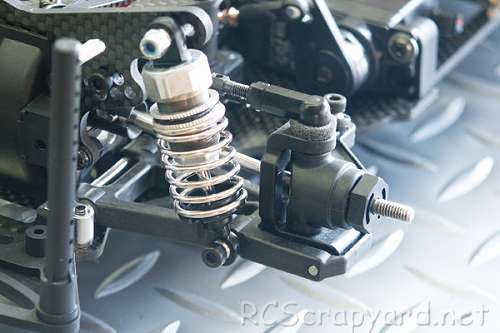
★ Kawada SV-10 Sigma-2 Chassis ★
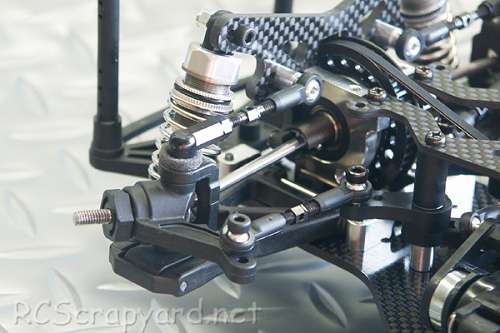
★ Kawada SV-10 Sigma-2 Chassis ★

★ Kawada SV-10 Sigma-2 Chassis ★
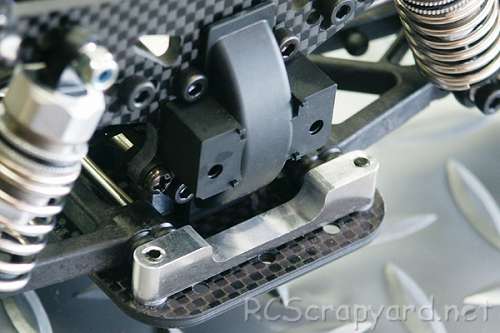
★ Kawada SV-10 Sigma-2 Chassis ★
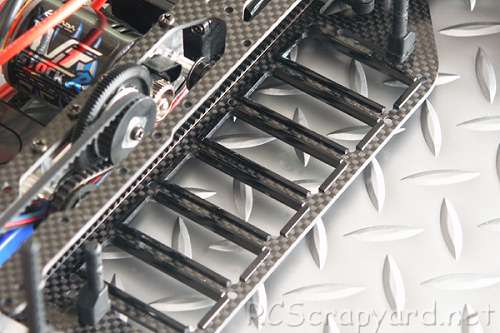
★ Kawada SV-10 Sigma-2 Chassis ★
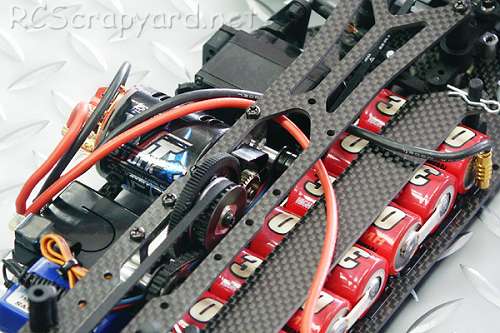
|
Buying a Used Kawada SV-10 Sigma-2
|
|
Manufacturers and Brands Catalogued, Listed and Reviewed by RC-Scrapyard.
At present, the RC Model Manufacturers, Brands and Distributors covered by us are: ABC Hobby, Academy, Acme Racing, Agama Racing, Amewi, Ansmann Racing, ARRMA, Team Associated, Atomic RC, Axial, AYK, Bolink, BSD Racing, Capricorn, Carisma, Carson, Caster Racing, Cen, Corally, Custom Works, Durango, Duratrax, ECX - Electrix, Exceed RC, FG Modellsport, FS-Racing, FTX, Fujimi, Gmade, GS-Racing, Harm, HBX, Helion, Heng Long, Himoto Racing, Hirobo, Hitari, Hobao, Hong-Nor, Hot Bodies, HPI, HSP, Intech, Integy, Jamara, JQ Products, Kawada, Kyosho, Losi, LRP, Maisto, Mardave, Marui, Maverick, MCD Racing, Megatech, Mugen, New Bright, Nichimo, Nikko, Nkok, Ofna, Pro-Pulse, Protech, PTI, RC4WD, Redcat Racing, RJ-Speed, Robitronic, Schumacher, Seben, Serpent, Smartech, Sportwerks, Step-Up, Tamiya, Team-C Racing, Team Magic, Thunder Tiger, Tomy, Top Racing, Traxxas, Trinity, Tyco, Vaterra RC, Venom, VRX Racing, WLToys, X-Factory, Xmods, Xpress, Xray, XTM, Yankee RC, Yokomo, ZD Racing and Zipzaps. |
|
Hints, Tips and Information How to Charge Rechargeable Batteries for Peak PerformanceNi-Cad (Nickel Cadmium) Batteries
1/ All Ni-Cad Batteries have to be Discharged soon after use. This is to avoid the dreaded "Memory" effect that on subsequent re-charges can cause a momentary drop in performance during a race. A simple discharger can be made from a car 12v bulb.
Ni-Mh (Nickel Metal Hydride) Batteries
1/ Never charge Ni-Mh batteries at a current higher than 4.5 amps. Although these batteries can give a higher voltage than Ni-Cad Batteries, they are much more sensitive and easy to damage if charged too quickly. |
|
Hints, Tips and Information
On Road Indoor Carpet Tires
Some indoor carpet tracks do not allow you to use anything but foam tires. The reason being the wear on the carpet some soft rubber tires, such as Proline Hawgs, and Schumacher pin-spikes can create. But on some tracks, where a combination of carpet and wooden board is used, rubber tires may be allowed. Sponge / Foam Tires
Basically there are three foam compounds available: Soft, Medium and Hard. |
|
RC Models:
|
Radio & Motors: |
Other
Accessories: |